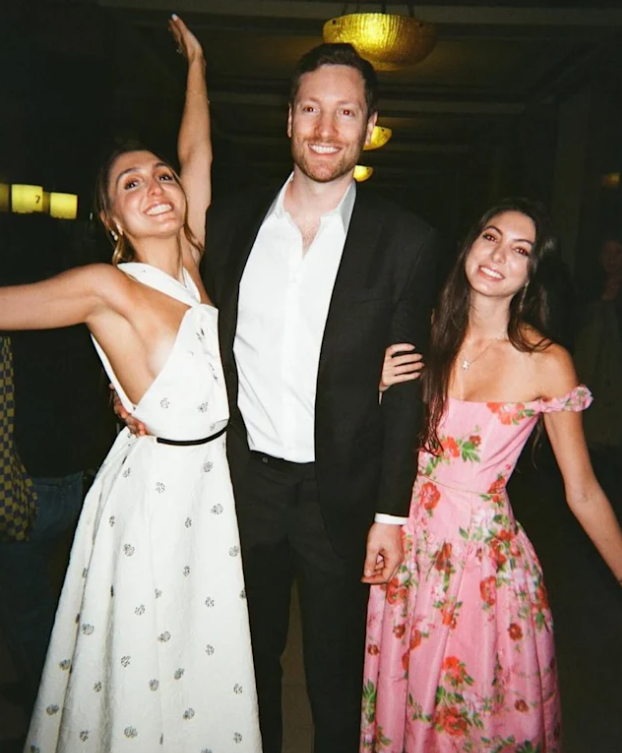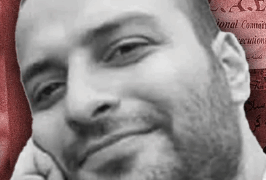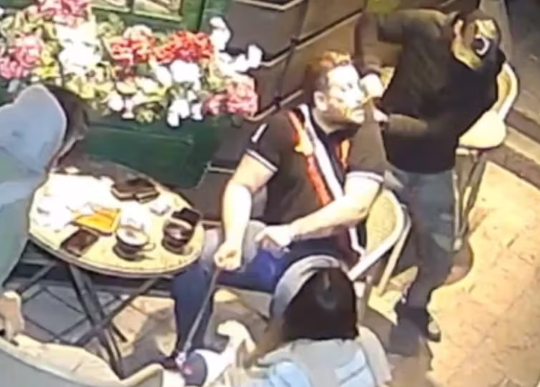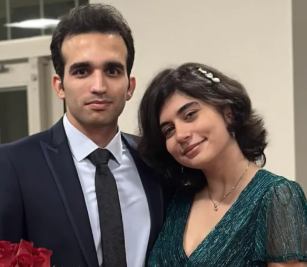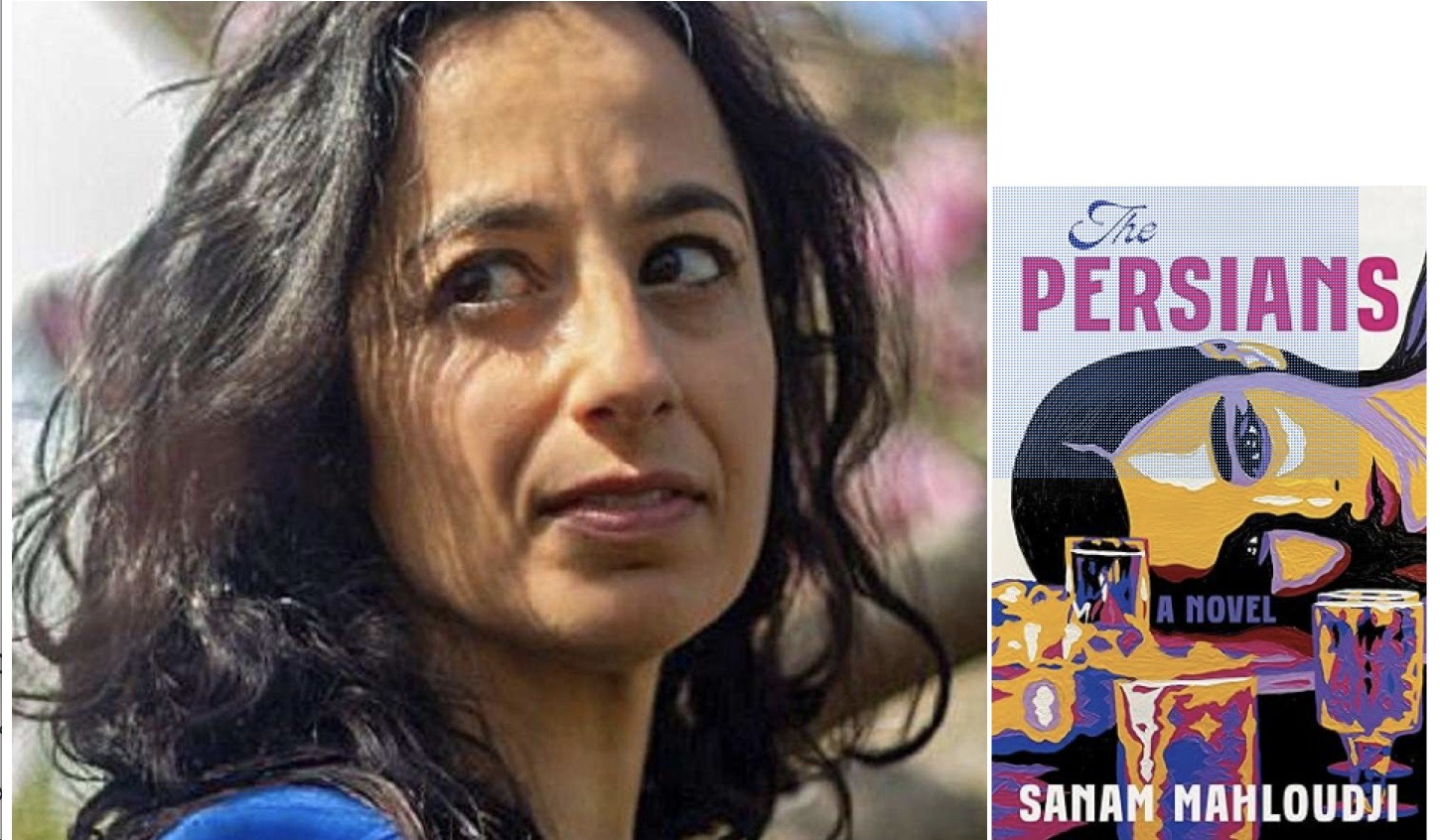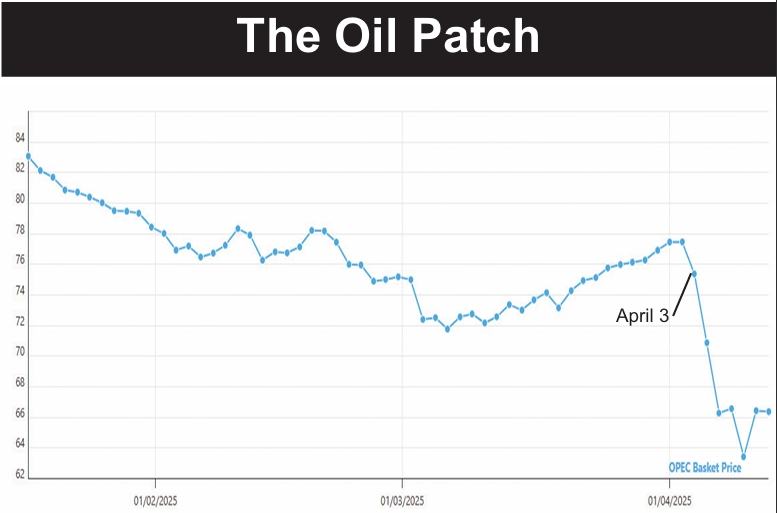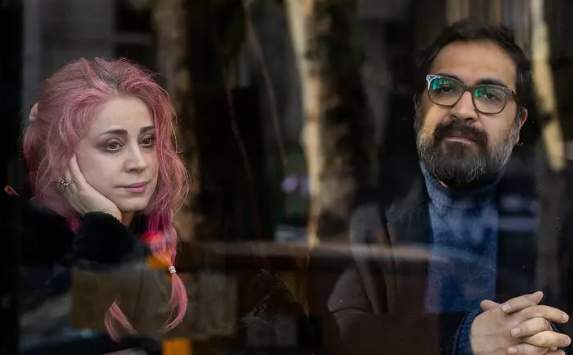February 07-2014

. . . now in Hollywood
Marjane Satrapi has just finished making her third film—and her first in English. This one is titled “The Voices” and is about a schizophrenic with a cat that tells him to kill and a dog that tries to argue him out of it.
This is also Satrapi’s first time as the director of a film written by someone else. Her two previous films—“Persepolis” and “Chicken With Plums”—were each adapted by her from her own novels.
“The Voices,” which was screened at the Sundance Film Festival last month, might be described as a horror comedy film about a demented man.
In an interview with indiewire.com, Satrapi explained how she came to direct a film written by someone else.
“Basically, I never thought I would make someone else’s story because I have my own universe and my own stories. Once in a while they’d send a script. Most of them make me feel that since I’m a woman, I have to be interested in the stories that concern women – like handbags [Laughs].
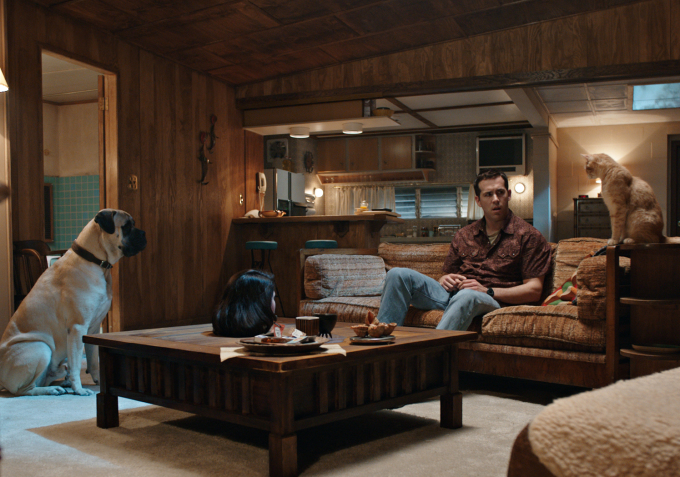
“But suddenly came this script and as I was reading it I found it very bizarre and funny, and at the same time I thought to myself ‘This is by far the best description of schizophrenia that I’ve ever read.’ I know schizophrenic people. I’ve known two of them. And, of course, they hear things that you don’t hear, they see things that you don’t see, they have visions. I felt so much for the story. I read it at night and I was like ‘Oh my God, this story is so f-cked up’ and in the morning I woke up and I was ‘That is so f-cked up that I have to make it.’ So it started like that.”
Satrapi explained how she converted the text into a working script. “I lock myself in the bathroom, because there are two mirrors, and I act out the whole movie like 7 or 8 times. For me, it is a question of knowing the rhythm of the movie—to feel it. But I look like a psycho doing this; thank God, nobody but me sees this. You do that many times and the story becomes yours. There is no other way to do it. I put all of my heart, my brain, my sensitivity even if the story is not mine, because from the moment that I embrace it and imagine it, it becomes mine.”
She was asked what it was like to work in the United States when her entire previous movie experience had been in France. She said, “The biggest transition is that in Europe the director has the final cut. There is no discussion. That is the law. We have the final cut. It belongs to us, which I think is a very good thing because I don’t know who, besides the director, can know what decision to take.
“But, in Europe, since the directors have the final cut, they don’t discuss it with others, and discussing ideas is good. There has to be a system in between because sometimes you are so much in your project that you need someone from the outside to look at it and tell you if there is something wrong. It was a bit difficult because I had to speak to everyone all the time, and explain everything, and justify things that I know should be a certain way. After one month of explanations, they are like ‘You are right’ and I’m like ‘I know that!’”
But she said that English-language movies have a much larger audience and are much more international, so all the talking about the film was useful and “a great experience after all.”
Satrapi described the film experiences of her childhood that influenced her. “I was lucky to grow up with a father who was a real cinephile. He would take me to see a film like ‘The Deer Hunter,’ and then I would go and see a Bergman movie. When he remembered that I was a child, and that ‘The Deer Hunter’ wasn’t really for children [laughs] he would take me to see an animated movie, like a Disney one. So I saw lots of films like John Ford’s films or Houston’s films. I grew up with American, but also with European and other kinds of films.”
But the movie that came to dominate her was Japanese. “I’ll tell you something—nobody will believe it, but the movie ‘Seven Samurai’ by Kurosawa I have seen more than 300 times. At one point my parents had it on video, and everyday I came back from school, and every single day I’d watch it—and it is 3 hours and 30 minutes. My mom would ask, ‘You are not bored of this film?’ But, each time, I would notice a new thing and I was like ‘No!’ I have an obsessive relationship with some movies that I can watch them over and over again. I like them so much that I just can’t stop.”
Satrapi said her latest film is a gory movie without the typical gore. “I hate when I see something penetrating into the flesh, it really upsets me, and it takes me out of the film. Here, I never show what he is cutting; you never see the blade going in. I think that a human being’s imagination is much worse than the reality,” she said.
The star of the film is American actor Ryan Reynolds. “I came on board and then they called me saying, ‘Ryan Reynolds is very interested in the project, he really wants to do it.’ I didn’t know Ryan Reynolds at the time. I had watched ‘The Proposal,’ which is a romantic comedy, and I’m not too much into those, But then I saw movies with him like ‘Buried’ and you realize that the guy is a very good actor—but he is too handsome,” Satrapi complained.
“So I went to New York to meet him. I was like ‘If he is late by one minute I’m going to give him a hard time!’ But then he is not late—he was actually 10 minutes early, and I’m also always 10 minutes early.
“The second I saw him and we start talking about the film and the character, I knew he was the right one. He really has this face that is so innocent, so boyish, so nice, but there is something in his dark eyes, and his smile, which is really freaky. So he was really the guy who could be crazy and at the same time the second he smiles you forget he is crazy.
“That was very important for the film because how can you make a film in which you have compassion for the killers? Normally you hate the serial killer, here we like the serial killer until the end, despite what he has in his fridge, and we still like him. That was the biggest challenge and Ryan was the right person.”
Satrapi said she doesn’t yet have any plans for what to do next. She just finished “The Voices” early in January and is taking a break now.

